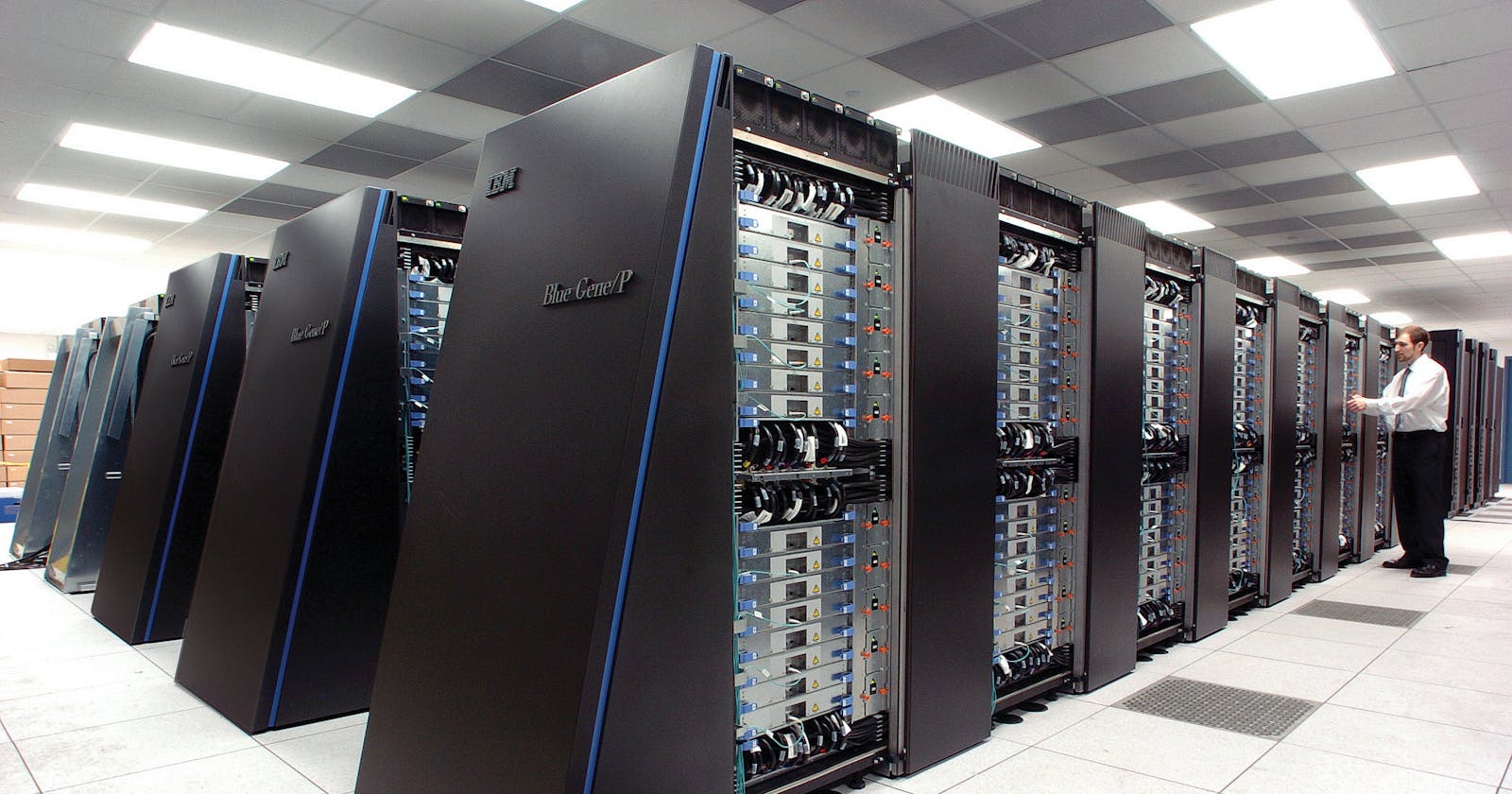Introduction to Parallel Computing -MPI and C++ Blog Series
Part 1 of MPI - C++ Series
In the Previous Blog, we already highlighted various factors on the basis of which we should decide what technique to use. In this series of blog posts, we will explore the basics of parallel computing using MPI and C++. We will start by understanding the concepts of parallel computing and MPI, and then move on to writing basic MPI programs. Later, we will delve into more advanced topics like load balancing, collective operations, and MPI I/O.
Topics to be covered in this series include:
Introduction to Parallel Computing using MPI and C++ (this post)
Basic MPI programming concepts
Sending and receiving messages using MPI
Collective communication operations in MPI
Load balancing using MPI
MPI I/O
Advanced MPI programming concepts
Case studies
Who should read this series?
This series is aimed at anyone who wants to learn about parallel computing using MPI and C++. Whether you are a beginner or an experienced programmer, this series will provide you with the knowledge and tools necessary to write efficient and scalable parallel programs.
Introduction to Parallel Computing using MPI and C++
In today's world, where data processing and analysis have become an essential part of our lives, it is necessary to have high-performance computing systems that can handle large volumes of data efficiently. Parallel computing is a technique that enables multiple processors to work together to solve a single problem, thereby increasing the computational power of the system. MPI (Message Passing Interface) is a standard for message passing in a distributed computing environment, and it is widely used for parallel computing.
In this blog series, we will discuss parallel computing using MPI and C++. C++ is a powerful language that provides low-level control over system resources and can be used for high-performance computing. We will begin with an introduction to parallel computing and MPI, followed by a discussion of how to set up a parallel computing environment using MPI and C++. We will then move on to discuss different parallel programming techniques, such as data parallelism and task parallelism, and their implementation using MPI and C++. We will also cover different MPI functions and their usage.
Before we dive into the technical aspects of parallel computing using MPI and C++, let us first understand why parallel computing is necessary.
Why Parallel Computing?
As mentioned earlier, parallel computing is a technique that enables multiple processors to work together to solve a single problem. With the increasing volume of data generated every day, traditional computing systems that use a single processor are not sufficient to handle the workload. Parallel computing can significantly reduce the computation time by dividing the problem into smaller tasks and distributing them among multiple processors.
Parallel computing can be used in various fields such as scientific simulations, data analysis, image processing, machine learning, and many more. Parallel computing has become essential in modern data-driven research, and it is expected to play a significant role in the future of technology.
What is MPI?
MPI (Message Passing Interface) is a standard for message passing in a distributed computing environment. MPI provides a set of functions that allow multiple processes to communicate with each other and coordinate their work. MPI is widely used in high-performance computing environments to implement parallel algorithms.
MPI provides a portable and standardized interface for message passing, enabling software developers to write parallel programs that can be executed on different platforms and architectures. MPI also supports different communication models such as point-to-point communication and collective communication, making it a powerful tool for parallel programming.
Conclusion
In this post, we introduced the concept of parallel computing and discussed how MPI and C++ can be used to write efficient and scalable parallel programs. In the next post, we will delve into the basics of MPI programming and understand how to write basic MPI programs. Stay tuned for the next post in the series! Keep Bussing!!!

